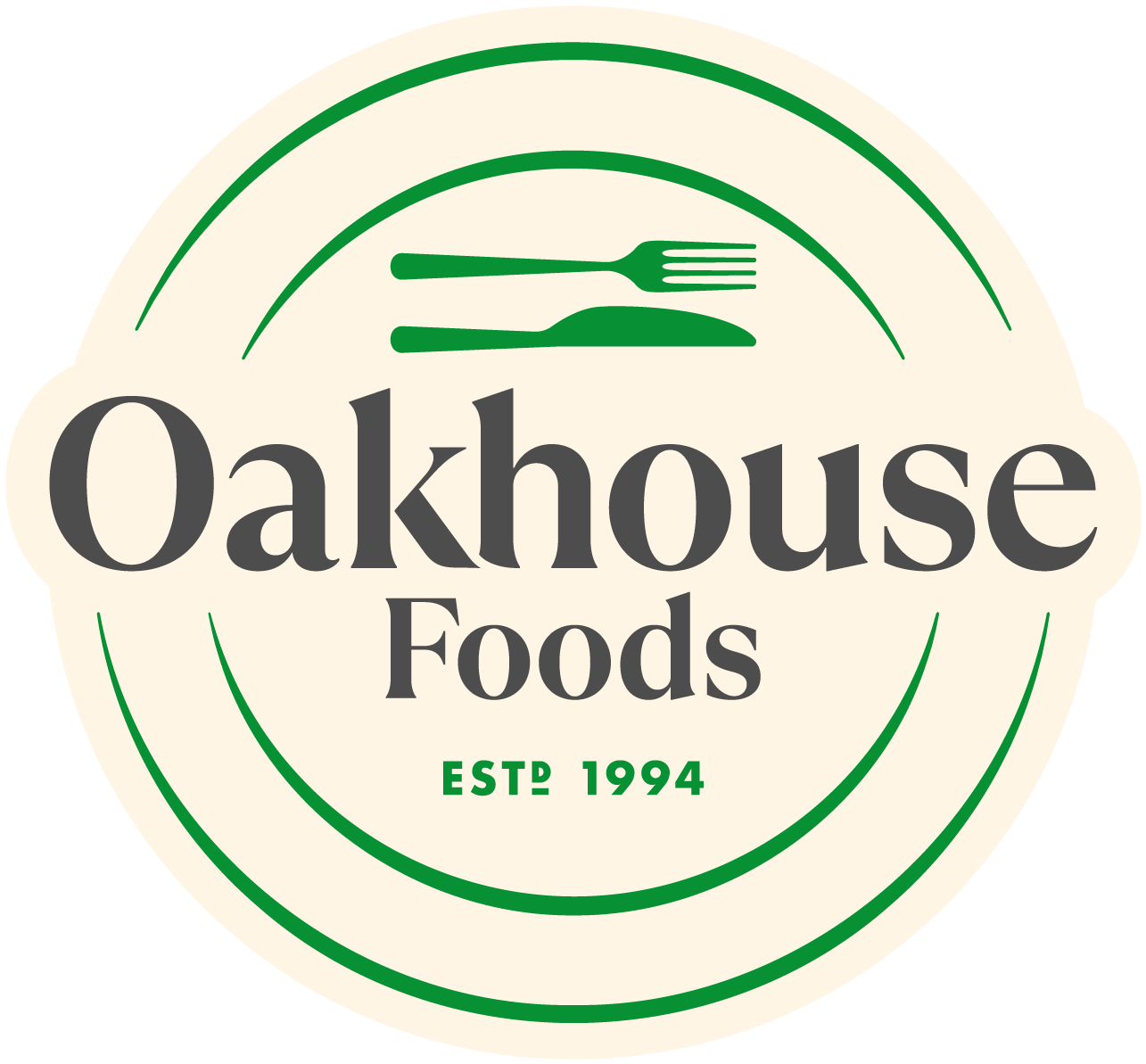Tikka Masala or Jalfrezi? Korma or Balti? In the UK today, we’re eating more curry than ever before. But when did our love of these spiced, aromatic dishes begin? With National Curry Week in full swing, there’s no better time to find out.

